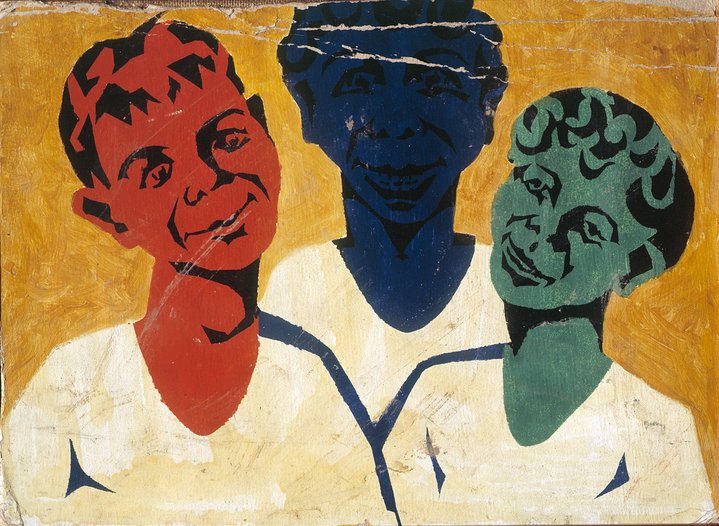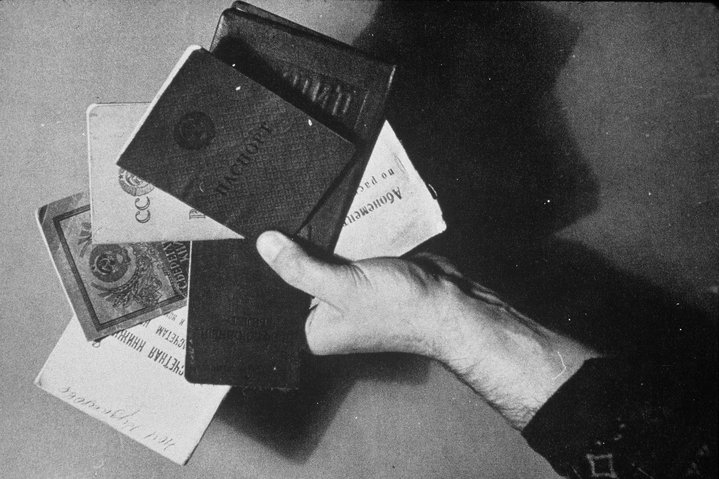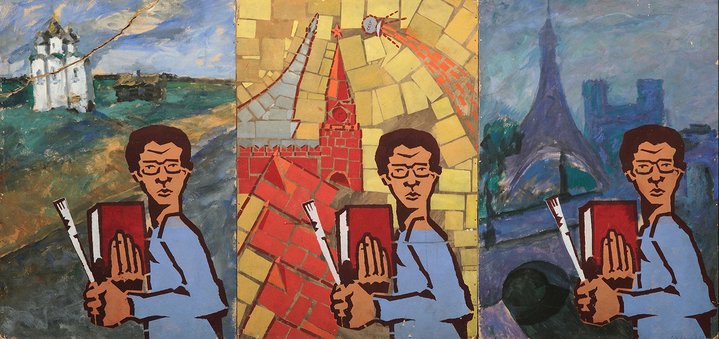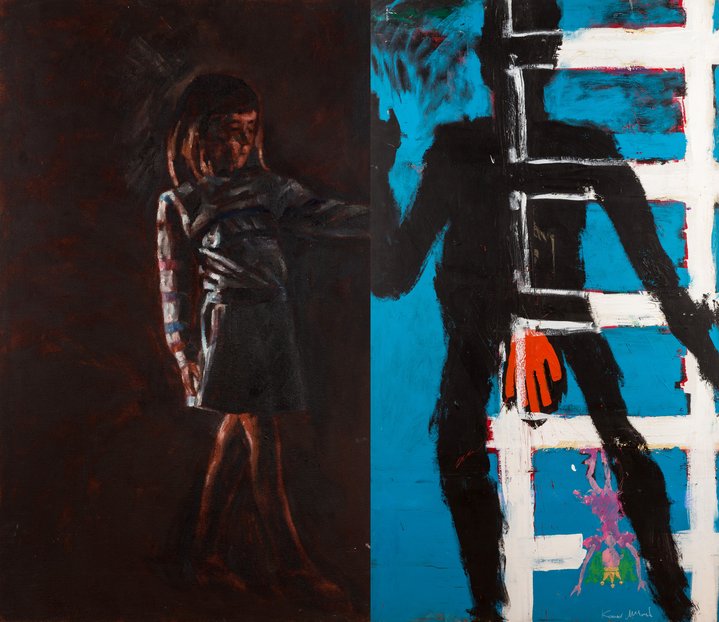Komar & Melamid: when laughter replaced fear
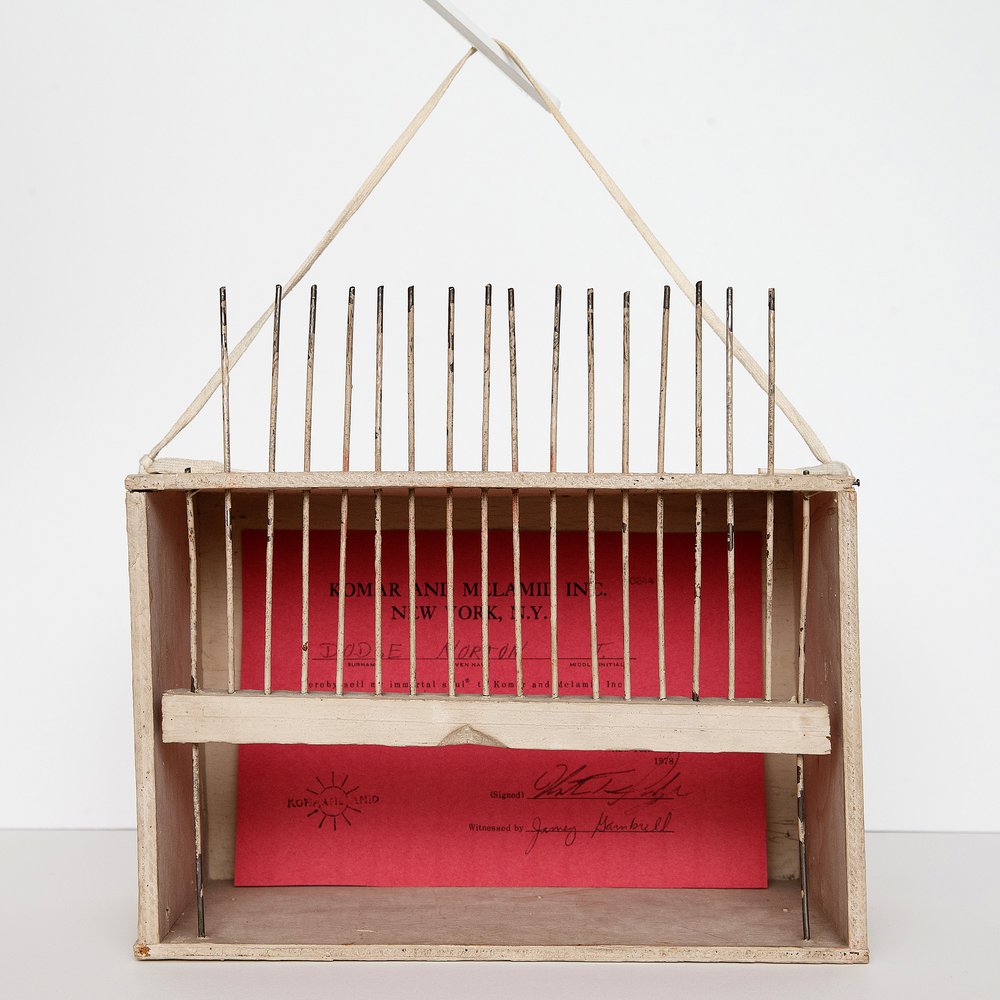
Komar & Melamid. The soul of Norton Dodge. From the project “Corporation for the purchase and sale of souls." 1978–1979. From the Kolodzei Art Foundation collection
The return of the art that ridiculed the Soviet system: two founding fathers of Sots-Art re-unite for a Moscow show.
It was in the 1970s that a tiny group of Russian unofficial artists started experimenting with a new style that caricatured Soviet propaganda. Although the Soviet system remained vicious, making fun of the holiest of communist holies no longer guaranteed an automatic transfer to the prison camps of the GULAG.
That style acquired the Russian name of Sots-Art. The acronym, invented by the artists Vitaly Komar and Alexander Melamid in 1972, combined the Stalinist concept of "Socialist Realism" with, very simply, "Art." A manifesto written by the two artists defined it as “a collision between a style implying a certain theme and a theme contradicting this style.” Meanwhile, early first foreign critics simply saw it as a form of political Pop-Art.
It quickly caught on, particularly in Moscow’s underground artists’ scene. During Perestroika, the radical change of course undertaken by Mikhail Gorbachev after decades of gerontocratic rule, Sots-Art virtually became the Soviet Union’s dominant style, according to Kiril Svetlyakov, the curator at the New Tretyakov Gallery, one of Moscow’s leading museums. He defines Sots-Art as “a simulation of an art movement.”
“The emergence of Sots-Art encouraged (unofficial) artists to turn to Soviet material; they began analyzing and deconstructing Soviet culture in a postmodernist manner… and (its founders) encouraged artists to appropriate the Soviet aesthetic,” Svetlyakov added.
Commenting on what Sots-Art inspired, Svetlyakov listed for Russian Art Focus some of the artists who created works associated with this new style from 1972 onwards.
Erik Bulatov (b. 1933), for instance, painted “Red Horizon” in 1972 and “Glory to the Communist Party” in 1975, while Ilya Kabakov (also b. 1933) began creating picture boards in the style of Soviet timetables and of daily routines hung up in public places.
Aleksandr Kosolapov (b. 1943), Leonid Sokov (b. 1941), and Rostislav Lebedev (b. 1946) created an entire series of absurdist works in both paint and sculpture, interpreting the clichés of Soviet propaganda in a broad range of styles, ranging from ancient-Egyptian reliefs to the primitive toys with which Russian village children played.
In 1975, Boris Orlov (b. 1941) plunged into a distant past, recasting Soviet leaders in the style of 17th-century Russian icons and primitive royal portraits as symbols of authority.
Nearly half a century after setting this trend in motion, Komar and Melamid, now both in their 70s, agreed to reunite after a long estrangement for a joint exhibition at the Moscow Museum of Modern Art. Neither has so far explained why they broke up in 2003 or on what terms they agreed to reunite for this event.
The show, curated by Andrei Erofeev with contributions by Joseph Backstein, will take the form of a total installation created by the artist Irina Korina (b. 1977), who designed the exhibition togehter with architect Ilya Voznesensky.









